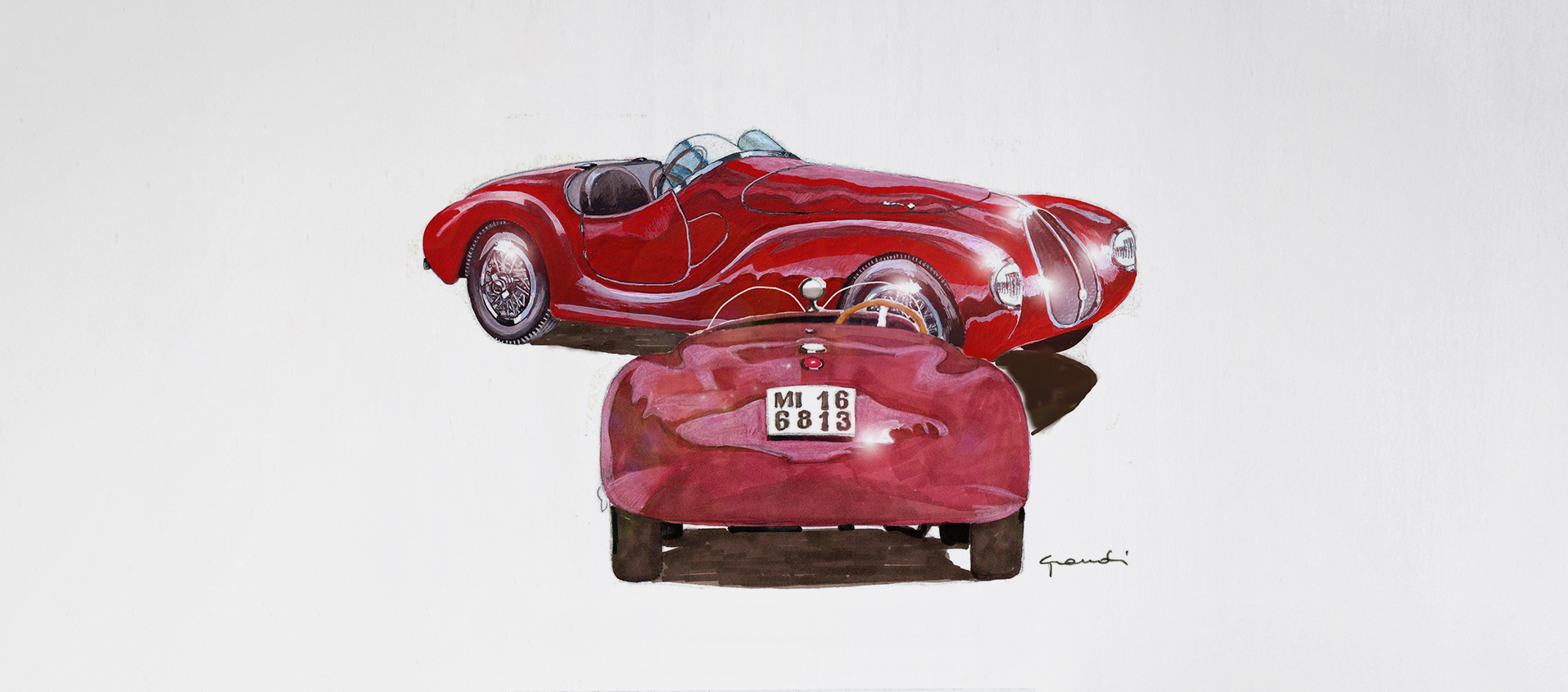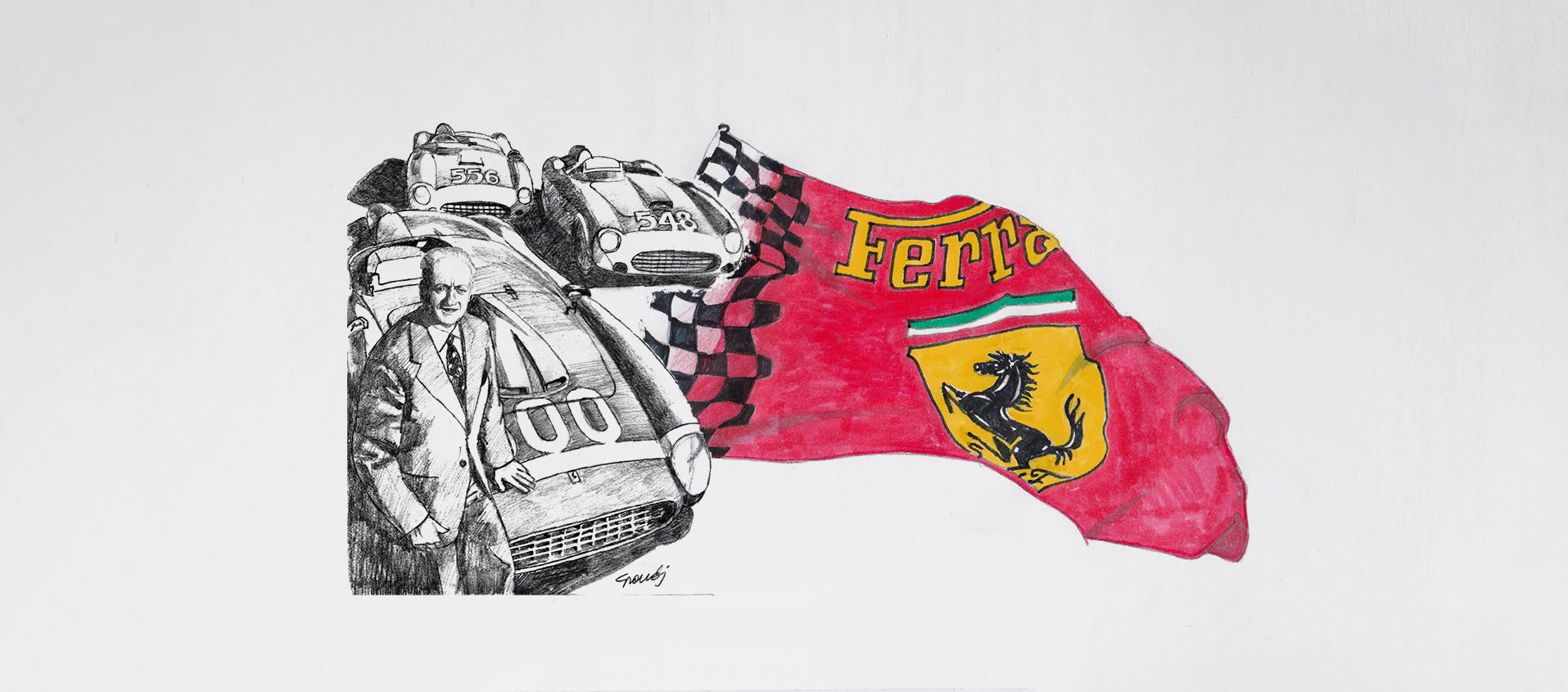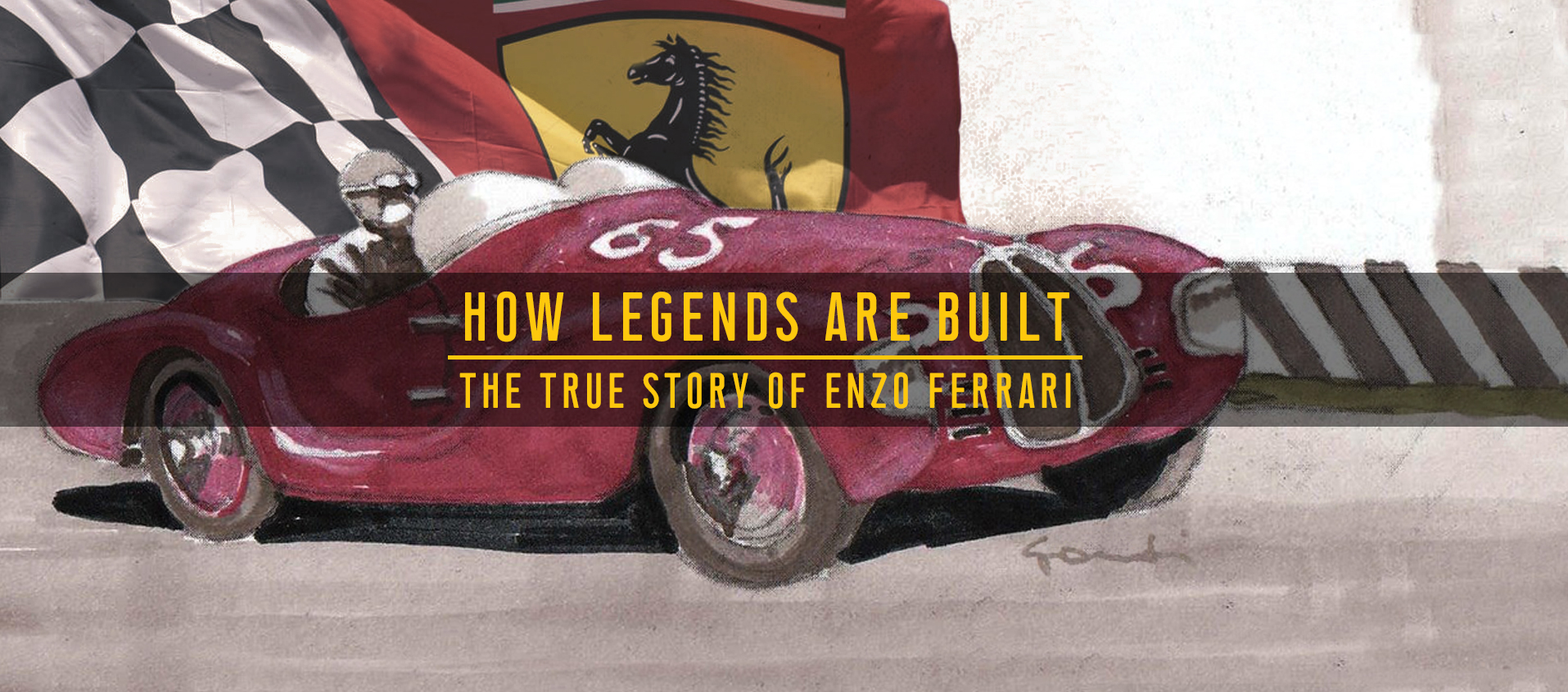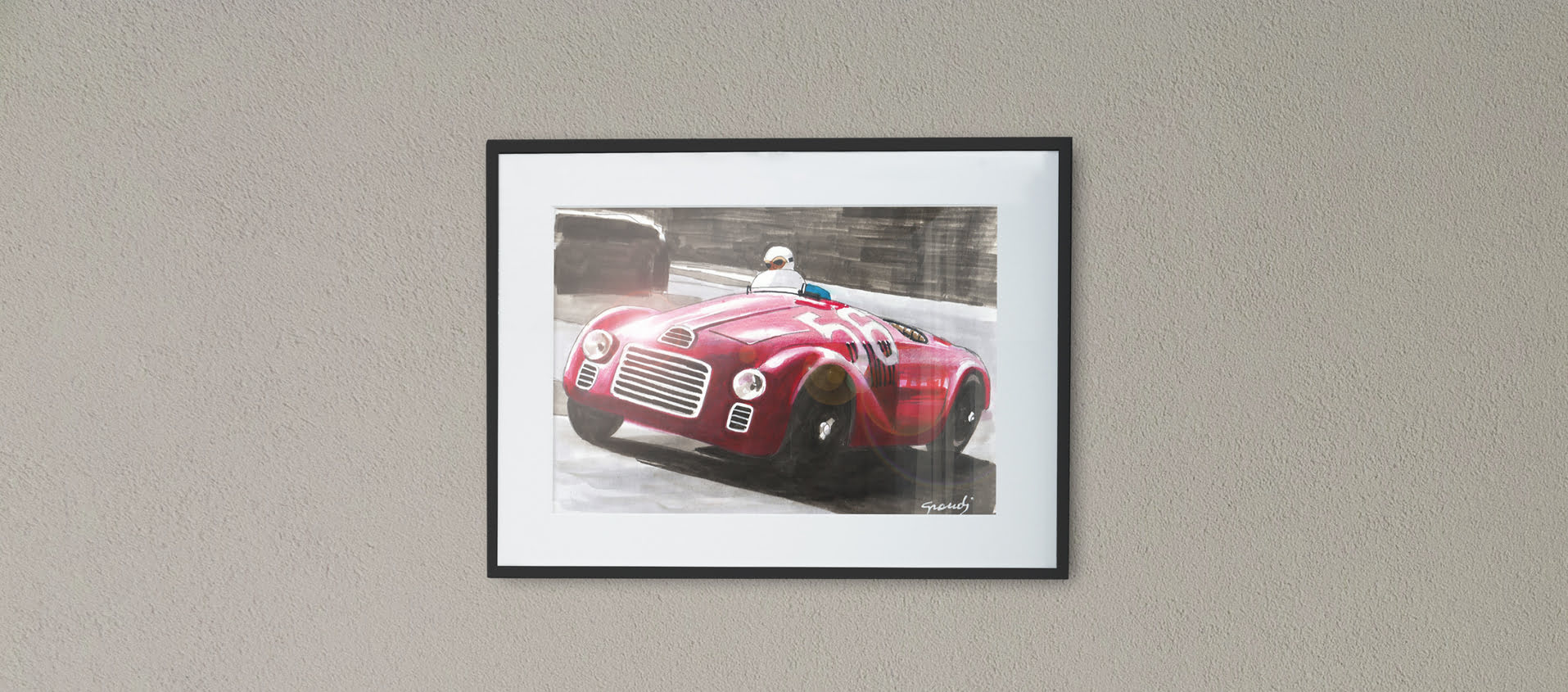815, a war machine
15 February 2021 6 min read 9 images

The divorce between Ferrari and Alfa Romeo, although initially appearing like a defeat for Enzo, was in fact a fundamental and extremely fortuitous moment for his future career as a manufacturer. 1938 had been a disastrous year for Alfa Romeo in racing and the engineer Gobbato, General Manager of the Company which, let’s not forget, was owned by the Italian State, was not convinced by the organization that Ferrari had brought with him from Modena to Milan, using the same approach as he had always done with the Scuderia.
Register to unlock this article
Signing up is free and gives you access to hundreds of articles and additional benefits. See what’s included in your free membership. See what's included in your free membership.
Already have an account? Log In


